Vulin: Great War - fight for freedom and survival of Serbs
Aleksandar Vulin stated at Corfu on Wednesday that World War I was a fight for freedom and survival of Serbs
Thursday, 25.09.2014.
11:07

Vulin: Great War - fight for freedom and survival of Serbs
On behalf of the Serbian government, Vulin is heading the commemorative events at Greek islands of Vido and Corfu to honour around 250,000 civilians and members of the Serbian army killed during the Great War.In addition to officials from Serbia and Greece, the commemoration ceremony was attended by several hundred citizens from both countries.
Serbs cherish the memory of World War I as a fight for freedom, survival and the right for Serbs to exist, use their language and live their life the way they want to, Vulin said.
Austrian and German destroyers who sank ships transporting wounded Serb troops just a few metres away from where we are standing today cannot be regarded in the same way as Greek peasants who took the wounded soldiers in, rescued them and shared with them all that they had, Vulin said after the wreath-laying ceremony at the memorial-ossuary in the Vido mausoleum.
Laurel wreaths were laid at the memorial-ossuary by Serbian Defence Minister Bratislav Gasic, Greek officials, Mayor of Corfu, Deputy Minister of the Ionian region in Greece and representatives of several Serbian associations for cherishing the traditions of Serbia's liberation wars.
Vulin and Gasic laid wreaths at the Navy Cross and Blue Sea Tomb and visited the Serbian Museum at Corfu honouring the suffering of the Serbian army during the retreat across Albania in World War I.
On Thursday, the ministers will lay wreaths at the Gouvia memorial plate at the spot where the Serbian army landed on Corfu, and at the monuments honouring the Drina division and Corfu citizen Yannis Yannoulis.
After the retreat of the Serbian army across the Albanian Durres Harbor in late 1915 as one of the most tragic events in Serbia's history, around 150,000 soldiers landed on Corfu and disembarked at Gouvia and Messonghi, while the ill soldiers were taken to the Vido.
The soldiers who died upon arrival in Greece were buried at the island of Vido and when this became impossible due to high number of the diseased, the bodies were buried in the waves between Vido and Corfu. Around 5,400 diseased soldiers were buried in the sea and the total number of casualties added up to around 10,000. This part of the sea was later named the Blue Sea Tomb.
The cemetery of the Drina division of the Serbian army is located at Corfu, and the monument honouring Yannis Yannoulis who donated his estate for the cemetery is also located in the area.



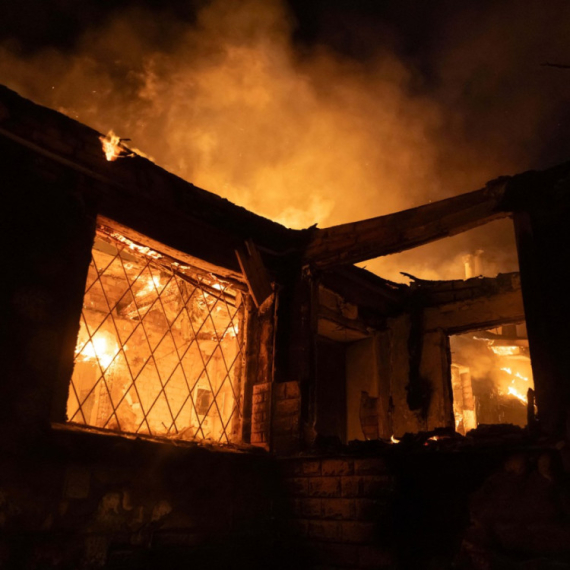
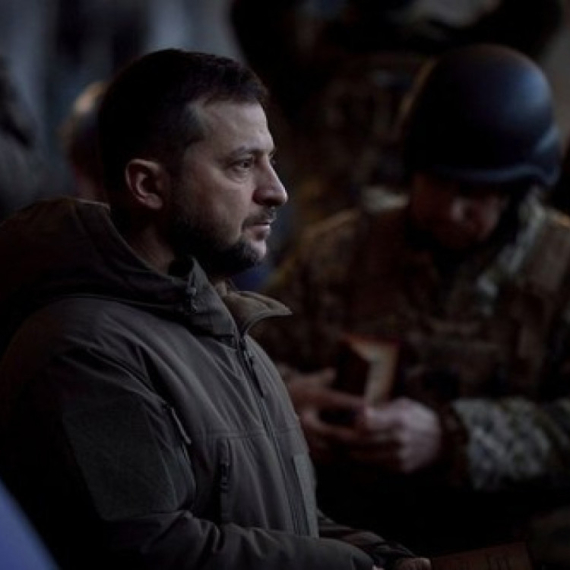
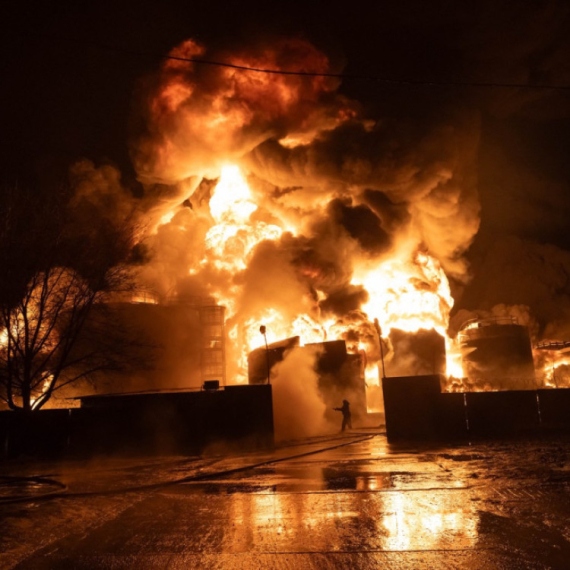










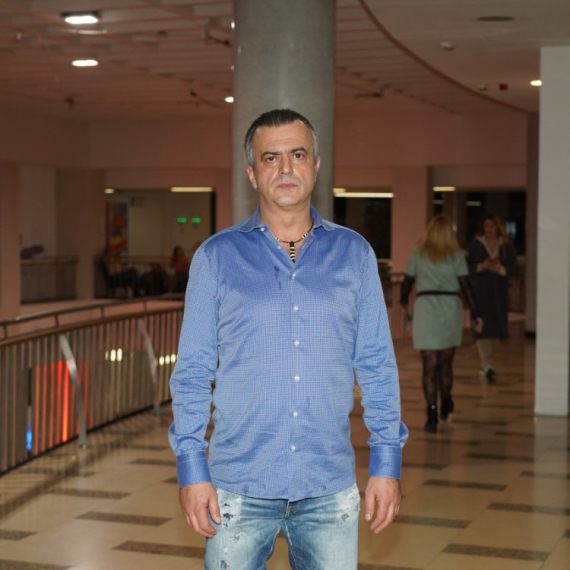







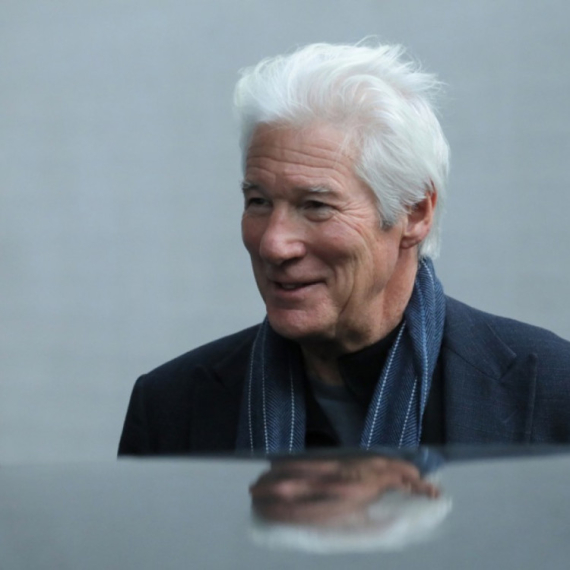



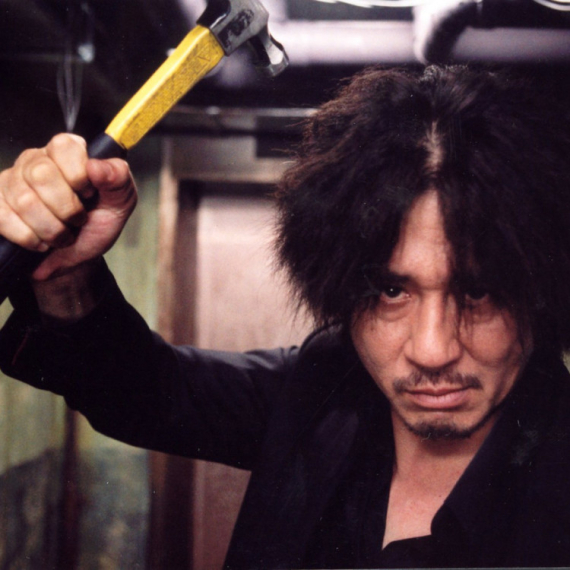

Komentari 0